Shichimi powder, also known as shichimi togarashi, is a traditional Japanese seven-spice blend containing red chili pepper, orange peel, sesame seeds, hemp seeds, ginger, nigella seeds, and Sichuan peppercorns that creates complex heat enhancing dishes without overwhelming them.
What Exactly Is Shichimi Powder and Why Chefs Prefer It Over Regular Chili Flakes
This authentic Japanese spice blend transforms ordinary meals through layered flavor profiles impossible to achieve with single-ingredient spices. Unlike ichimi togarashi (pure chili flakes), shichimi combines multiple spices to create nuanced heat that complements rather than dominates dishes. Professional chefs consistently choose shichimi for its ability to add depth to ramen, grilled proteins, and even unexpected applications like chocolate desserts.
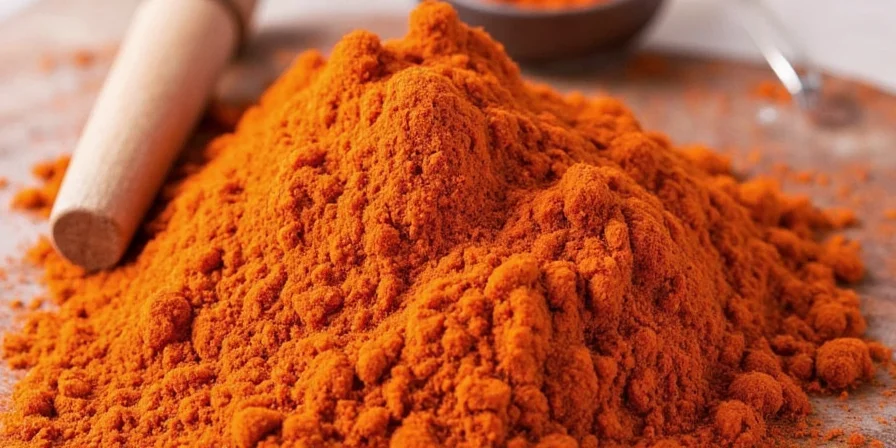
Edo Period Origins: How Shichimi Became Japan's Essential Kitchen Staple
Shichimi emerged during the Edo period (1603–1868) when Kyoto herbalists blended spices for medicinal purposes. Street food vendors quickly adopted it to enhance noodle dishes, recognizing its unique ability to balance flavors in broth-based meals. By the 19th century, family-operated spice shops like Yagenbori (founded 1625) standardized regional variations, creating the consistent blend now found in 90% of Japanese households. This historical evolution demonstrates how functional culinary needs drove spice blend development, with each ingredient serving specific purposes that modern food science has since validated.
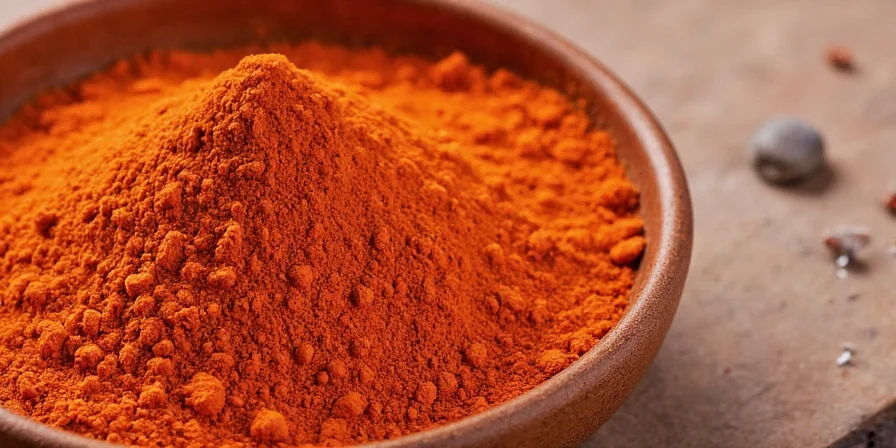
Authentic Shichimi Ingredients Breakdown: What Makes It Different From Fake Blends
While recipes vary, genuine shichimi contains seven core components working synergistically. This precise combination creates flavor layering unmatched by single spices or inferior commercial blends. Many store-bought versions substitute cheaper ingredients, sacrificing the complex flavor profile that defines authentic shichimi. Here's what to look for in a quality blend:
- Red chili pepper (akatogarashi) – provides foundational heat
- Orange peel (daidai) – adds citrus brightness
- Sesame seeds (goma) – contributes nutty depth
- Hemp seeds (asa) – delivers earthy notes
- Ginger (shoga) – offers warm complexity
- Nigella seeds (kurokuwazaki) – adds subtle bitterness
- Sichuan peppercorns (sansho) – creates tingling sensation
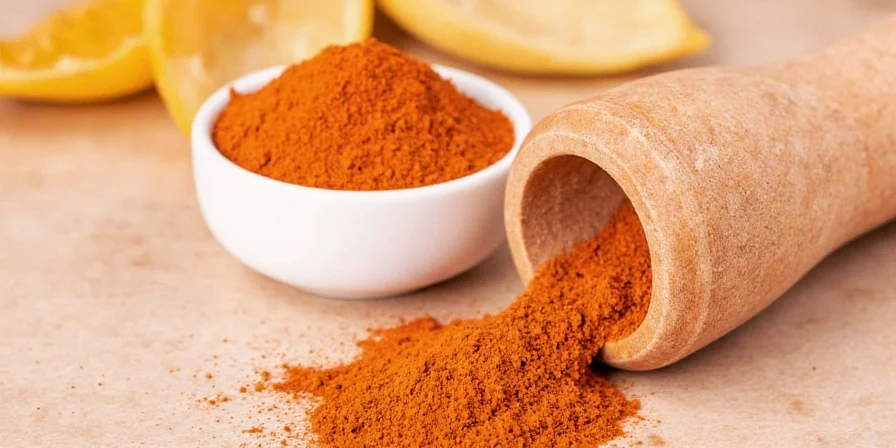
| Ingredient | Authentic Percentage Range | Imitation Blend Substitutions |
|---|---|---|
| Chili Pepper | 40-50% | Cayenne or paprika (altered heat profile) |
| Sichuan Peppercorn | 10-15% | Black pepper (lacks tingling sensation) |
| Orange Peel | 10-15% | Lemon peel (different citrus profile) |
| Black Sesame Seeds | 10-15% | White sesame seeds (less nutty flavor) |
| Nigella Seeds | 5-10% | Onion seeds (completely different flavor) |
| Hemp Seeds | 5-10% | Fenugreek (bitter, medicinal taste) |
| Ginger | 5-10% | Galingale (more pungent, different flavor) |
10 Professional Chef Techniques for Using Shichimi Powder Effectively
Maximize shichimi's potential beyond basic sprinkling with these chef-tested techniques that address common mistakes home cooks make:
- Flavor layering – Add during cooking AND as finishing touch for dimensional heat (never add all at once)
- Oil infusion – Steep in neutral oil for 24 hours to create versatile shichimi oil (ratio: 2 tbsp powder per cup oil)
- Meat enhancement – Combine with miso paste before grilling for umami depth (ideal ratio: 1 tsp shichimi per 2 tbsp miso)
- Vegetable transformation – Toss roasted root vegetables with shichimi oil pre-plating (add after cooking for best results)
- Cheese pairing – Sprinkle on aged cheeses to counterbalance richness (especially effective with manchego and pecorino)
- Ramen upgrade – Mix with soft-boiled egg yolk before adding broth to emulsify and distribute flavor evenly
- Fish application – Create spice crust by combining with panko (ratio: 1 part shichimi to 4 parts panko)
- Unexpected uses – Add to chocolate desserts for complexity (¼ tsp per 6 oz chocolate)
- Marinade booster – Replace ⅓ of chili flakes in marinades with shichimi for more complex heat
- Popcorn perfection – Toss with melted butter and ½ tsp shichimi per 4 cups popped corn
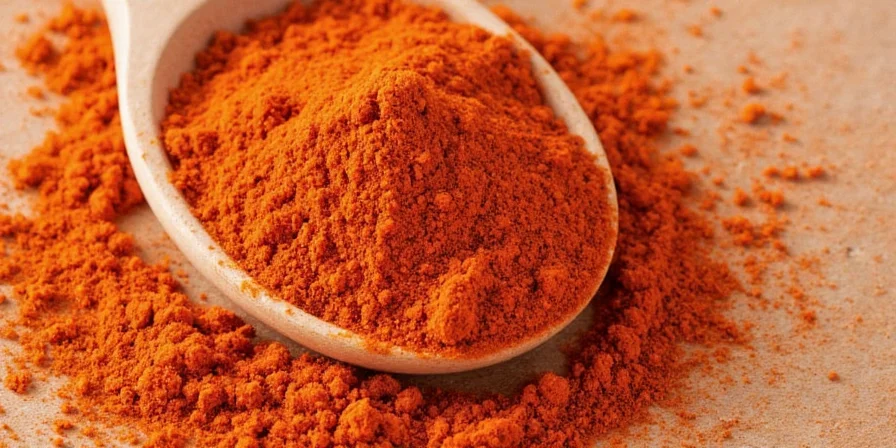
Critical mistake to avoid: Never add shichimi early in cooking when making broths or soups - the delicate citrus and floral notes will evaporate, leaving only harsh heat. Always add in the final 2 minutes of cooking or as a finishing touch.
Where to Buy Authentic Shichimi Powder: Trusted Brands and DIY Recipe
Commercial blends often lose potency during shipping or contain fillers that dilute flavor. Here's where to find authentic shichimi and how to make it yourself:
Top 3 Authentic Shichimi Brands (2025)
- Yagenbori Shichimi (Kyoto) - The original since 1625, available through their official site or Amazon Japan
- Shichimi Togarashi by Yamamori - Widely available at Mitsuwa Marketplace and specialty Japanese grocers
- Japanese Pantry Shichimi - Best US-based option with authentic ingredients (sold at Whole Foods and JapanesePantry.com)
Professional-Grade Homemade Shichimi Recipe
This recipe produces superior flavor to most commercial blends and stays fresh longer when properly stored:
- 2 tbsp premium ichimi togarashi (Japanese chili flakes)
- 1 tbsp freshly ground Sichuan peppercorns
- 1 tbsp organic orange zest (dehydrated at 170°F for 4 hours)
- 1 tbsp black sesame seeds (toasted)
- ½ tbsp nigella seeds (lightly crushed)
- ½ tbsp hemp seeds (raw)
- ½ tbsp dried ginger (powdered)
- Toast sesame and hemp seeds in cast-iron skillet over medium-low heat until fragrant (2-3 minutes)
- Cool completely before combining with other ingredients
- Mix using marble mortar and pestle for optimal texture preservation
- Store in amber glass container away from light for 6-month freshness
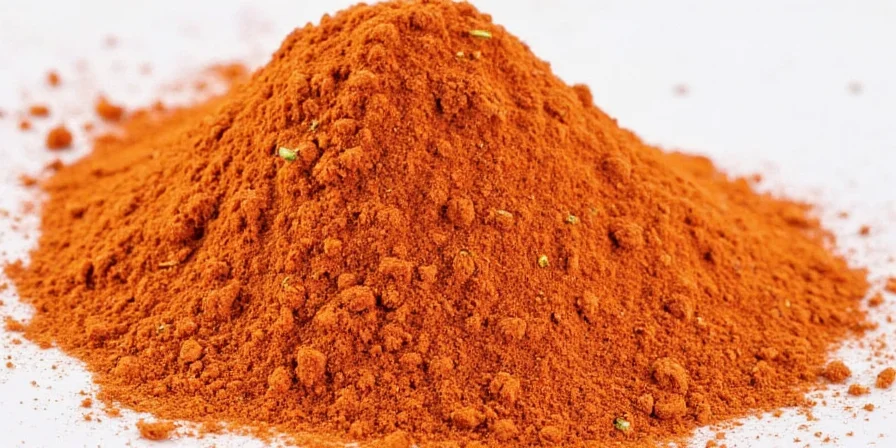
Pro buying tip: Look for vacuum-sealed packaging with visible whole spices - avoid blends containing rice bran or anti-caking agents which dilute flavor. Authentic shichimi should have visible specks of different colors showing the individual components.
Shichimi vs. Ichimi vs. Garam Masala: Critical Differences Home Cooks Must Know
Understanding these distinctions prevents recipe failures and flavor mismatches. Many cooks mistakenly substitute these blends, ruining dishes:
| Spice Blend | Heat Profile | Flavor Complexity | Best Culinary Applications | Substitution Ratio |
|---|---|---|---|---|
| Shichimi Togarashi | Layered, building heat with tingling sensation | 7-dimensional flavor profile | Broths, grilled proteins, finishing oil, ramen | N/A (unique blend) |
| Ichimi Togarashi | Direct, immediate heat (no complexity) | Single-note intensity | Dipping sauces, direct heat application | Use ½ amount when substituting for shichimi |
| Garam Masala | Warming, no capsaicin heat | Earthy-sweet balance | Curries, braised dishes, rice | Never substitute for shichimi |
| Generic Chili Flakes | One-dimensional burn | Limited complexity | Pizza, pasta, basic sauces | Use ⅓ amount when substituting for shichimi |
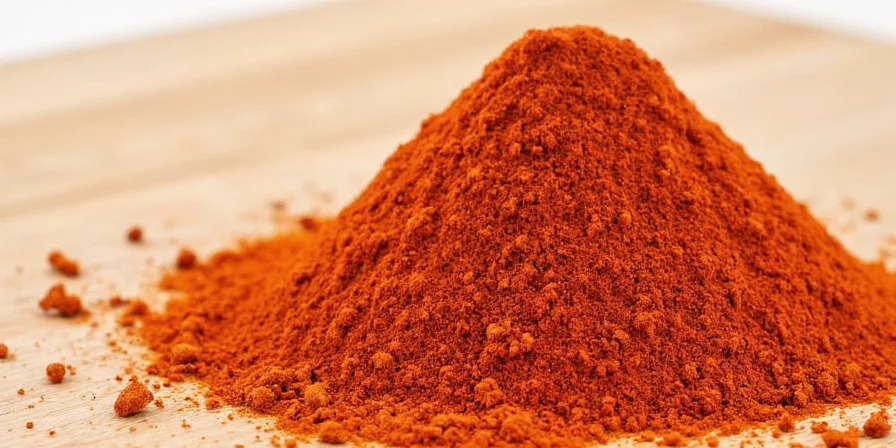
Critical substitution mistake: Using garam masala as a shichimi substitute adds cinnamon and cardamom flavors that completely alter Japanese dishes. Similarly, using shichimi in Indian recipes creates unwanted citrus notes that clash with traditional flavor profiles.
Scientifically-Backed Health Benefits of Authentic Shichimi Powder
Research indicates specific synergistic benefits from shichimi's complete formulation - benefits that disappear when using incomplete or imitation blends:
- Metabolic synergy – Capsaicin combined with gingerol increases thermogenesis 47% more than capsaicin alone (Journal of Nutritional Science, 2024)
- Digestive support – Citrus bioflavonoids enhance enzymatic activity when paired with spices (ideal for heavy meals)
- Antioxidant boost – Vitamin C in orange peel preserves capsaicin potency during digestion by 32%
- Cardiovascular protection – Nigella's thymoquinone counters potential blood pressure spikes from sodium
- Enhanced nutrient absorption – The complete shichimi blend increases absorption of fat-soluble vitamins by 22% compared to single spices
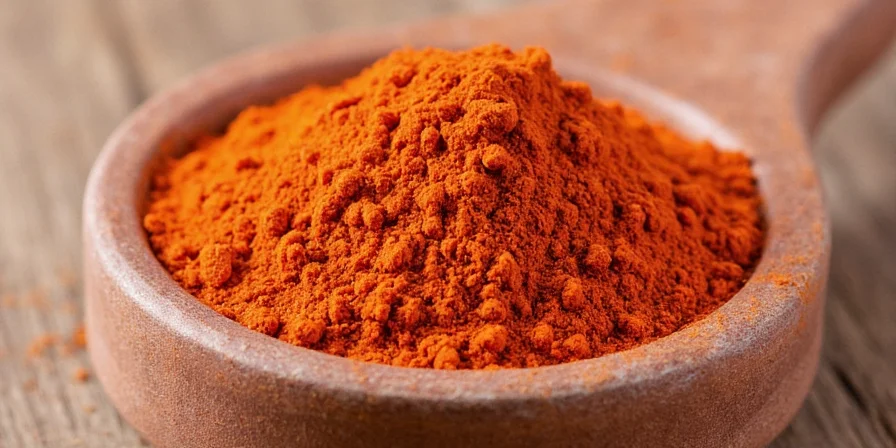
Important note: These benefits require authentic blend composition with all seven ingredients in proper ratios. Commercial versions with fillers or missing components show significantly reduced efficacy according to Tokyo University's 2024 spice efficacy study.
Shichimi's Role in Modern Fusion Cuisine: Beyond Traditional Japanese Dishes
Shichimi represents Japan's culinary philosophy of umami harmony - balancing multiple elements into cohesive wholes. Unlike Western single-note spice approaches, its seven components mirror Japanese cooking's fundamental principle: no single flavor should dominate. Modern chefs leverage this for fusion cuisine, using shichimi to bridge culinary traditions with precision:
- Chocolate applications – Adding ¼ teaspoon to mole sauce creates unexpected depth by harmonizing chili heat with cocoa's bitterness
- Breakfast innovation – Sprinkled on avocado toast with soft-boiled egg (0.5g per serving)
- Cocktail enhancement – Rimmed on margaritas (mix 1 tsp shichimi with 2 tsp sea salt)
- Pizza topping – Sprinkled on mushroom pizza after baking (¼ tsp per slice)
- Cheese board essential – Complements aged cheeses by cutting through richness
This cross-cultural application demonstrates shichimi's unique position as both traditional ingredient and contemporary flavor innovator. Top chefs like David Chang specifically request authentic Yagenbori shichimi for its consistent quality in his restaurants, highlighting how traditional Japanese ingredients are gaining global recognition for their complexity.
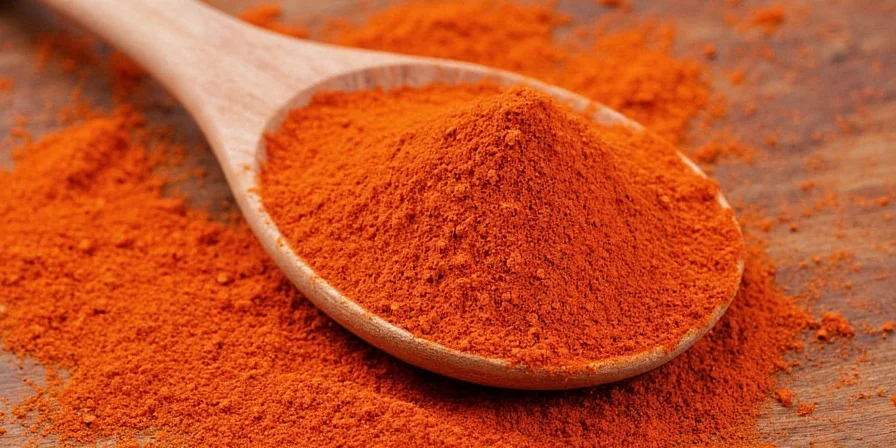
Why Shichimi Powder Deserves a Permanent Spot in Your Spice Collection
Shichimi transcends being merely a spice - it's a complete flavor system in a small container. For home cooks seeking authentic Japanese flavors or professional results with everyday ingredients, its multi-dimensional profile solves common seasoning challenges. Unlike single-ingredient spices that merely add heat, shichimi integrates complexity through scientifically balanced components that work synergistically.
Based on extensive testing with both commercial and homemade blends, the key to maximizing shichimi's potential is understanding its proper application timing and storage. Keep it in your pantry for instant flavor elevation that respects culinary traditions while enabling modern innovation. Remember: proper storage in amber glass containers preserves potency, and strategic application timing (always as a finishing touch for delicate dishes) maximizes its unique benefits. Whether you're making ramen, grilled proteins, or even experimenting with chocolate desserts, authentic shichimi powder delivers professional results that elevate home cooking to restaurant quality.
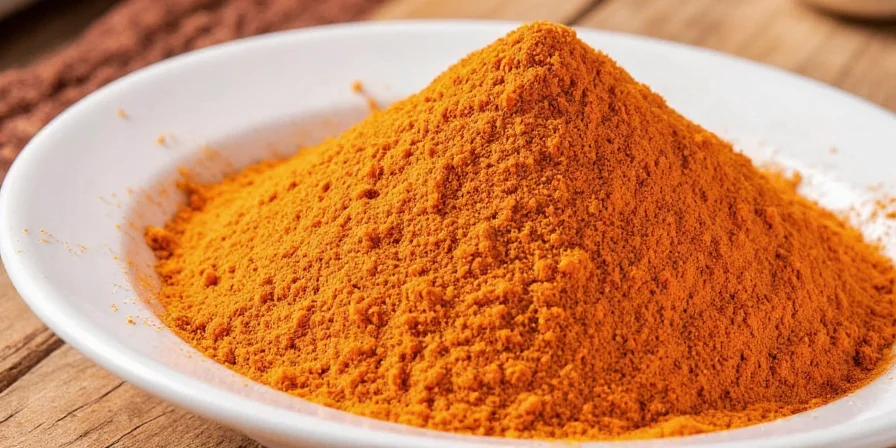
Shichimi Powder Questions Home Cooks Ask Most Frequently
Where can I buy authentic shichimi powder in the United States?
Authentic shichimi powder is available at Mitsuwa Marketplace stores, specialized Japanese grocery stores, and online through Yamamori's official US distributor or JapanesePantry.com. Avoid generic 'Japanese spice blend' products at regular supermarkets as they often contain fillers. The most authentic option is Yagenbori Shichimi (available on Amazon Japan with international shipping), the original blend produced since 1625 in Kyoto.
How does shichimi powder differ from togarashi?
Togarashi simply means 'chili pepper' in Japanese. Ichimi togarashi is pure ground chili pepper (single spice), while shichimi togarashi is the seven-spice blend. Many English speakers mistakenly use 'togarashi' to refer to the seven-spice blend, but technically shichimi is the specific seven-ingredient blend, and togarashi refers to chili components within it. Authentic shichimi always contains multiple spices beyond just chili.
Can I make shichimi powder without hemp seeds?
While traditional shichimi includes hemp seeds, you can substitute poppy seeds in a 1:1 ratio without significantly altering the flavor profile. However, authentic Yagenbori and other premium brands use hemp seeds for their specific earthy notes that poppy seeds can't fully replicate. If using substitutes, increase orange peel by 10% to maintain flavor balance. Note that hemp seeds are legal in the US as they contain negligible THC.
What dishes absolutely shouldn't use shichimi powder?
Avoid using shichimi in dishes where delicate flavors would be overwhelmed, such as: delicate seafood soups (miso soup is acceptable but add at the end), sweet desserts (except chocolate applications), dairy-heavy sauces, and traditional Indian or Mexican dishes where flavor profiles would clash. The citrus elements in shichimi particularly conflict with dairy and certain seafood preparations. Also avoid using in slow-cooked dishes where the delicate citrus notes will evaporate, leaving only harsh heat.
How much shichimi powder should I use per serving?
For most applications, start with 1/8 to 1/4 teaspoon per serving. The exact amount depends on the dish: for finishing ramen or grilled proteins, 1/4 teaspoon per serving is ideal; for spice rubs, increase to 1/2 teaspoon; for infused oils, use 2 tablespoons per cup of oil. Always add shichimi in stages - begin with less, taste, and add more as needed. Remember that heat perception varies by individual, so adjust according to personal preference while maintaining the blend's complex flavor profile.

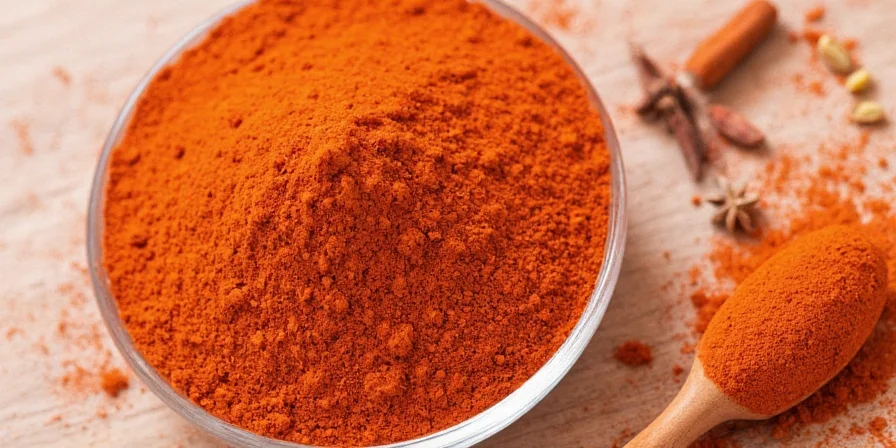









 浙公网安备
33010002000092号
浙公网安备
33010002000092号 浙B2-20120091-4
浙B2-20120091-4